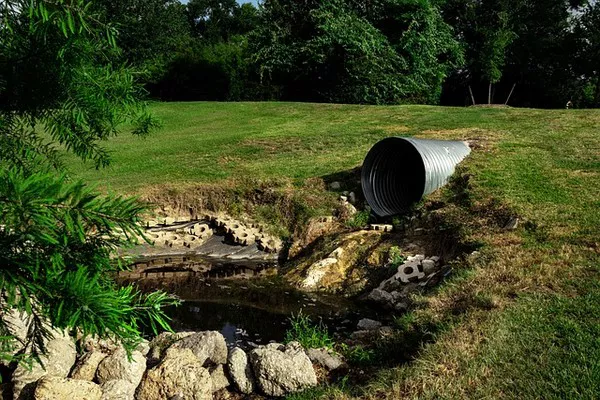The decision to settle in a particular neighborhood involves considering various factors, such as amenities, proximity to schools, and overall safety. One factor that often raises concerns is the proximity to a sewage treatment plant. The purpose of this article is to delve into the safety aspects of living near such facilities, exploring potential risks and benefits associated with residential proximity to sewage treatment plants.
Understanding Sewage Treatment Plants
Sewage treatment plants play a crucial role in managing and treating wastewater from residential, commercial, and industrial sources. The primary objective is to remove contaminants and pollutants from the wastewater before releasing it back into the environment. The treatment process typically involves physical, chemical, and biological mechanisms to ensure that the discharged water meets environmental standards.
Potential Concerns
While sewage treatment plants are essential for maintaining public health and environmental sustainability, some concerns arise when considering their proximity to residential areas. These concerns include:
Odor Issues: One common complaint associated with sewage treatment plants is the release of unpleasant odors. The treatment process can produce gases such as hydrogen sulfide, which, if not managed effectively, may lead to offensive smells in the surrounding areas.
Airborne Contaminants: The treatment process may release airborne particles and contaminants that could potentially pose health risks to nearby residents. These can include bacteria, viruses, and other microorganisms present in the wastewater.
Noise Pollution: Sewage treatment plants often involve machinery and equipment that can generate noise. The continuous operation of these facilities may contribute to noise pollution in the vicinity, affecting the quality of life for residents.
Property Values: Perception of safety and environmental concerns can influence property values. Living near a sewage treatment plant may impact the market value of homes in the area, potentially leading to financial considerations for homeowners.
See Also: What Is The Meaning Of Sewage Treatment Plant?
Mitigating Concerns
It is crucial to note that advancements in technology and environmental regulations have significantly improved the operation of sewage treatment plants. Many facilities have implemented measures to mitigate the potential concerns associated with living nearby. These measures include:
Odor Control Systems: Modern sewage treatment plants often incorporate advanced odor control systems to minimize the release of unpleasant smells. These systems may include the use of chemical neutralizers, covers for treatment basins, and air filtration technologies.
Advanced Treatment Processes: Upgraded treatment processes and technologies help ensure that contaminants are effectively removed from wastewater, reducing the likelihood of airborne particles posing health risks.
Greenery and Landscaping: Planting trees and creating green buffers around sewage treatment plants can act as a natural barrier, helping absorb odors and reduce noise levels. This approach also contributes to the overall aesthetic improvement of the area.
Community Engagement: Open communication between the sewage treatment plant operators and the local community is essential. Regular community meetings, updates on plant operations, and addressing concerns promptly can foster a sense of transparency and trust.
Benefits of Living Near Sewage Treatment Plants
Contrary to common concerns, there are potential benefits to living near sewage treatment plants:
Job Opportunities: Treatment plants often create employment opportunities for local residents. The workforce required for plant operation and maintenance can contribute positively to the local economy.
Environmental Stewardship: Living near a sewage treatment plant provides an opportunity for residents to witness firsthand the importance of environmental stewardship. These facilities play a crucial role in safeguarding water quality and preserving ecosystems.
Educational Opportunities: Proximity to a sewage treatment plant can serve as an educational resource for schools and community groups. Learning about wastewater treatment processes can enhance environmental awareness and education.
Conclusion
In conclusion, the safety of living near a sewage treatment plant is influenced by various factors, including the plant’s design, technology, and community engagement. While concerns such as odors, airborne contaminants, and noise pollution may arise, advancements in treatment processes and mitigation measures have significantly improved the overall safety of these facilities. Residents considering homes in proximity to sewage treatment plants should weigh the potential risks against the benefits, considering the positive contributions these facilities make to public health and environmental sustainability. Open communication, community engagement, and adherence to environmental regulations are essential aspects that contribute to the overall safety and well-being of those living near sewage treatment plants.

